Home>Garden Essentials>How To Seed Lawn In Fall
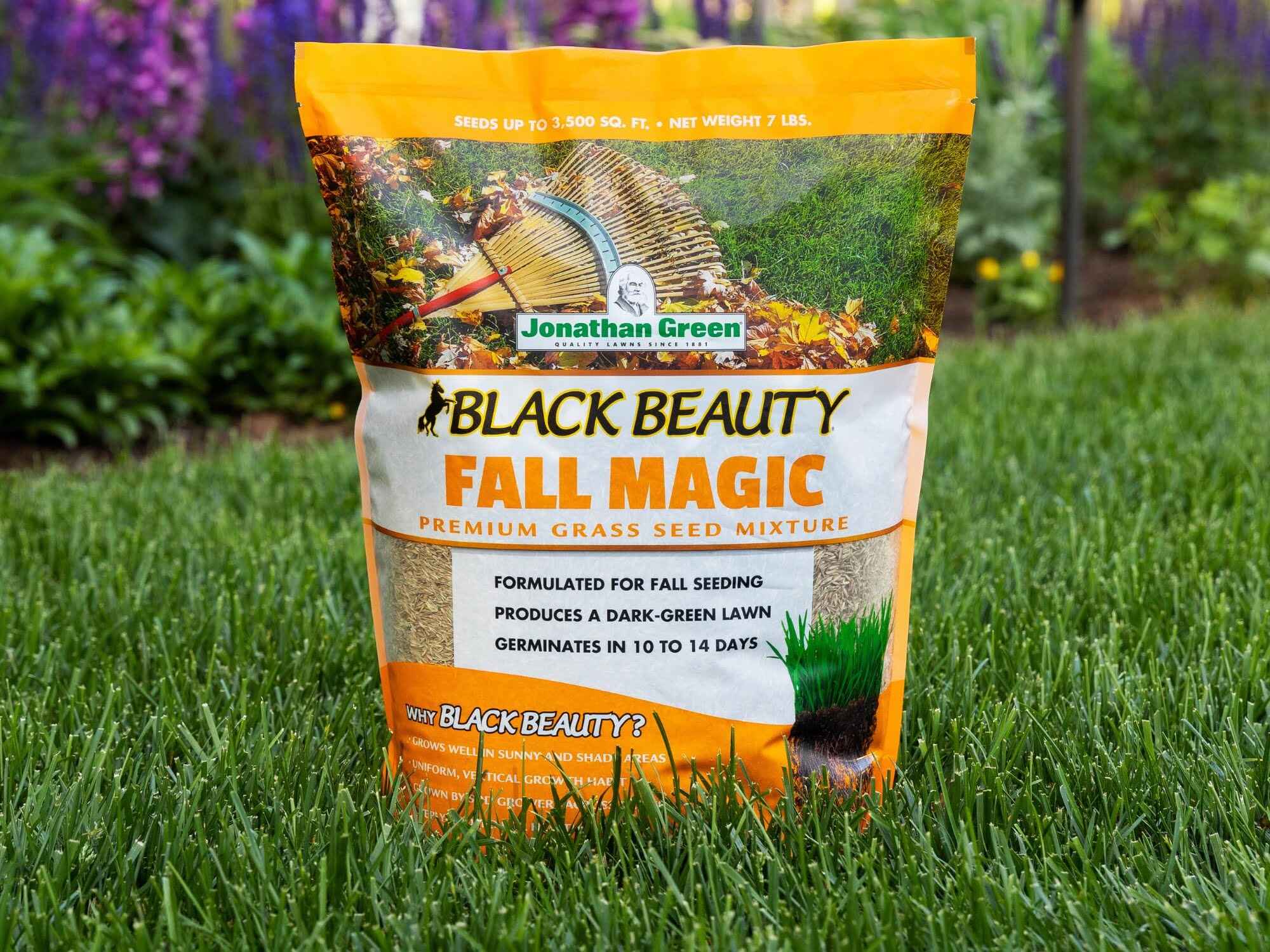

Garden Essentials
How To Seed Lawn In Fall
Modified: March 16, 2024
Learn how to seed your garden and maintain a lush lawn in the fall with our comprehensive guide. Transform your outdoor space with these expert tips!
(Many of the links in this article redirect to a specific reviewed product. Your purchase of these products through affiliate links helps to generate commission for Storables.com, at no extra cost. Learn more)
Introduction
Gardening enthusiasts know the joy of watching seeds sprout, grow, and transform into a lush, green lawn. While spring is a popular time to start seedlings, many people overlook the benefits of seeding in the fall. The cooler temperatures and ample rainfall create optimal conditions for seed germination and root development. In this article, we will explore the advantages of seeding in the fall and guide you on how to successfully seed your lawn for beautiful results.
Seeding in the fall has several advantages over spring seeding. Firstly, the cooler temperatures provide a more favorable environment for seed germination. The soil retains moisture better, reducing the risk of the seeds drying out before they have a chance to establish themselves. Additionally, there is less competition from weeds in the fall, allowing the seedlings to establish their roots without having to compete for nutrients and space.
Preparing your lawn for seeding is a crucial step in ensuring successful results. Start by removing any debris, such as rocks, sticks, and dead grass, from the area you plan to seed. This will create a clean and favorable environment for the seedlings to grow. Next, consider aerating the soil to alleviate compacted areas and improve water and nutrient absorption. Aerating can be done using a garden fork or a power aerator, depending on the size of the lawn.
Once the soil is prepared, the next step is to choose the right seed for your lawn. Factors such as climate, soil type, and intended use of the lawn should be taken into consideration. Cool-season grasses like Kentucky bluegrass, perennial ryegrass, and tall fescue are excellent choices for fall seeding in areas with cooler climates. If you live in a warmer region, warm-season grasses such as Bermuda grass, Zoysia grass, or St. Augustine grass are better suited for fall seeding.
The timing of seed application is crucial for successful germination. Ideally, you should aim to seed when the soil temperature is still warm, but the air temperature has cooled down. This usually happens in late summer or early fall. Be sure to consult your local agricultural extension office or online resources for specific timing recommendations based on your location.
Key Takeaways:
- Seeding your lawn in the fall creates optimal conditions for healthy grass growth, with cooler temperatures and less weed competition, leading to a lush and vibrant lawn in the spring.
- Proper preparation, choosing the right seed, and timing the application are crucial for successful fall seeding, ensuring a beautiful and resilient lawn for years to come.
Read more: How To Seed A Lawn In Fall
Benefits of Seeding in the Fall
Seeding your lawn in the fall comes with a multitude of benefits that contribute to creating a healthy and beautiful lawn. Let’s explore some of the advantages of fall seeding:
- Optimal Growing Conditions: The cooler temperatures in the fall create an ideal environment for seed germination and root development. The soil retains moisture better, reducing the risk of the seeds drying out. Additionally, the cooler temperatures help prevent diseases and pests that are more prevalent during the hot summer months.
- Less Weed Competition: Fall seeding provides an advantage by reducing weed competition. Many summer weeds start to die off in the cooler temperatures, giving the newly seeded grass a better chance to establish itself without being crowded out by weed growth. This means less time and effort spent on weed control in the early stages of lawn establishment.
- Stronger Root Development: Seeding in the fall allows the grass seedlings to develop strong and deep root systems before the onset of winter. The longer growing season in the fall allows the roots to penetrate deeper into the soil, providing better stability and resilience to the lawn when facing winter stresses and potential drought in the following summer.
- Thicker, Healthier Lawn: By seeding in the fall, you can achieve a thicker and healthier lawn in the following spring. The established grass from fall seeding will have a head start in growth compared to spring-seeded lawns, resulting in a denser and more vibrant lawn when the growing season arrives.
- Easier Maintenance: Fall-seeded lawns require less maintenance compared to spring-seeded lawns. The cooler temperatures and higher rainfall in the fall mean less frequent watering, saving you time and resources. Additionally, the newly seeded grass has fewer pests and diseases to contend with, reducing the need for chemical treatments.
Overall, fall seeding offers numerous advantages that contribute to the long-term health and beauty of your lawn. By taking advantage of the optimal growing conditions, reducing weed competition, and promoting strong root development, you can enjoy a lush and resilient lawn for years to come.
Preparing the Lawn for Seeding
Before you begin the process of seeding your lawn in the fall, it’s crucial to prepare the area properly. Taking the time to prepare the lawn will create an optimal environment for seed germination and ensure the best chance of success. Here are the steps to follow when preparing your lawn for seeding:
- Remove Debris: Start by thoroughly removing any debris from the area you plan to seed. This includes rocks, sticks, leaves, and any other debris that can hinder seed germination. Raking the area will help loosen the soil and remove larger debris.
- Mow the Lawn: Next, mow the existing grass to a height of around 2-3 inches. This will help expose the soil and make it easier for the grass seed to make contact with the ground when it is spread. Be sure to bag and remove the grass clippings to prevent them from covering the newly seeded area.
- Aerate the Soil: If your lawn has compacted areas or heavy clay soil, it’s beneficial to aerate the soil before seeding. Aeration involves creating small holes in the soil to allow for better air, water, and nutrient penetration. You can use a garden fork or a mechanical aerator to aerate the soil. Focus on areas that receive heavy foot traffic or areas where water tends to pool.
- Test and Amend the Soil: Conduct a soil test to determine its pH level and nutrient content. This will help you identify any deficiencies in the soil and allow you to amend it accordingly before seeding. Based on the soil test results, you may need to add lime to adjust the pH or incorporate organic matter to improve the soil structure.
- Level the Surface: Check for any uneven areas in the soil and level them out. Rake or shovel soil from higher spots into lower spots to create a smooth and even surface. This will prevent water from pooling in certain areas and ensure even seed distribution.
- Water the Area: Before seeding, thoroughly water the prepared area. This will help settle the soil and create moisture for the germination process. Avoid overwatering, as excessive moisture can cause the seeds to rot or wash away.
By following these steps, you will create an optimal environment for your lawn seeds to establish and grow. Proper preparation will increase the chances of successful seed germination and help you achieve a healthy and vibrant lawn in the fall and beyond.
Choosing the Right Seed
Choosing the right seed for your lawn is a crucial step in the fall seeding process. The type of seed you select will depend on various factors, including your climate, soil type, and the intended use of your lawn. Here are some key considerations to keep in mind when choosing the right seed:
- Climate: Take into account the climate of your region. Different grass species have different temperature and moisture requirements. If you live in an area with cooler climates, cool-season grasses like Kentucky bluegrass, perennial ryegrass, and tall fescue are excellent choices. They thrive in temperatures between 60 and 75 degrees Fahrenheit. If you reside in a warmer region, warm-season grasses like Bermuda grass, Zoysia grass, or St. Augustine grass are better suited for fall seeding.
- Soil Type: Consider the type of soil in your lawn. Some grass species perform better in sandy soil, while others thrive in clay or loam soil. Determine the soil type in your lawn and choose a seed mix that is suitable for optimal growth in that particular soil condition.
- Intended Use: Think about how you plan to use your lawn. Will it primarily be for aesthetic purposes, heavy foot traffic, or sports activities? Different grass species have varying levels of tolerance to wear and tear. If you have an active household or plan to use your lawn for sports, opt for a seed mix that includes grass varieties known for their durability and ability to withstand heavy use.
- Maintenance Level: Consider the level of maintenance you are willing to commit to your lawn. Some grass varieties require more frequent mowing, watering, and fertilizing, while others are less demanding. Be realistic about your ability to provide the necessary maintenance to keep your lawn healthy and vibrant.
- Reviews and Recommendations: Don’t hesitate to do some research and read reviews or seek recommendations from local experts or garden centers. They can provide valuable insights into which grass seed varieties have performed well in your area and are suitable for fall seeding.
Once you have determined the specific requirements for your lawn, you can select the appropriate seed mix that meets those criteria. Mixing different grass varieties can provide a more resilient and visually appealing lawn, as they can complement each other’s strengths and create a more diverse and balanced lawn ecosystem.
Remember to carefully read and follow the instructions on the seed packages, as they may contain specific recommendations for seeding rates, watering schedules, and other important information for achieving successful germination.
By choosing the right seed for your lawn, you set the foundation for a healthy and thriving lawn that can withstand your climate and intended use. This ensures optimal growth and a beautiful lawn for years to come.
Timing the Seed Application
The timing of seed application is crucial when it comes to achieving successful germination and establishment of your fall-seeded lawn. The goal is to find the optimal window of time when the soil and weather conditions are most favorable for seed growth. Here are some important considerations to keep in mind when timing the seed application:
- Soil Temperature: It’s important to seed your lawn when the soil temperature is still warm enough to promote seed germination. Most grass seeds require soil temperatures between 50 and 65 degrees Fahrenheit for optimal growth. You can use a soil thermometer to measure the temperature of the soil at a depth of 2 to 3 inches. Check with your local agricultural extension office or online resources to determine the average soil temperature in your area during the fall months.
- Air Temperature: While soil temperature is critical, it’s also important to consider the air temperature when planning your seed application. The air temperature should be cooler than the summer heat but not yet reaching freezing temperatures. This usually occurs in the late summer or early fall, depending on your specific region. Avoid seeding when the temperatures are still too hot, as this can result in the seeds drying out or being stressed by extreme heat.
- Weather Conditions: Adequate rainfall and moisture are crucial for seed germination. Aim to seed your lawn when the weather forecast indicates a period of consistent rainfall or when you can provide regular irrigation. This will help keep the soil moist and facilitate seed growth. However, avoid seeding just before heavy rainfalls or during periods of excessive rainfall, as this can lead to soil erosion or waterlogged conditions that are unfavorable for seed germination.
- Timing Based on Grass Type: Different types of grasses have varying growth habits and temperature requirements. Cool-season grasses, such as Kentucky bluegrass and perennial ryegrass, thrive when seeded in early to mid-fall. Warm-season grasses, like Bermuda grass and Zoysia grass, should be seeded in late summer to early fall. Check the specific recommendations for the grass type you have chosen to ensure you are seeding at the right time for optimal growth.
- Consider Local Climate Variations: It’s important to consider the unique climate variations in your area. Factors such as altitude, proximity to large bodies of water, and microclimates within your region can all impact the optimal timing for seed application. Take these local conditions into account when determining the best time to seed your lawn.
- Calculate the Seed Amount: Determine the correct amount of seed you will need based on the size of your lawn and the recommended seeding rate for the specific grass species you are using. Follow the instructions on the seed package or consult with your local agricultural extension office for the appropriate seeding rate.
- Divide the Area: Divide your lawn into smaller sections to make it easier to apply the seed evenly. This ensures that you don’t miss any areas or apply too much seed in one spot.
- Use a Spreader: A spreader is an effective tool for evenly applying the seed. Whether you use a handheld spreader or a walk-behind spreader, adjust the settings according to the recommended seed application rate. Walk in a systematic pattern to cover the entire lawn, overlapping each pass slightly to avoid gaps.
- Overseed Bare Spots: Pay special attention to any bare or thin spots in your lawn and overseed them with an extra amount of seed. This ensures that these areas receive adequate coverage and have a better chance of filling in with healthy grass.
- Rake or Drag the Soil: After spreading the seed, gently rake the soil or use a lawn roller or drag mat to ensure good seed-to-soil contact. This helps the seeds settle into the soil and promotes germination. Avoid pressing too firmly, as it can bury the seeds too deep.
- Apply a Thin Layer of Mulch: Optionally, you can apply a thin layer of straw or other organic mulch over the newly seeded areas. This helps retain moisture, prevent erosion, and protect the seeds from birds and other pests. Avoid using too much mulch, as it can smother the seedlings.
- Water Thoroughly: After seeding, water the area thoroughly to ensure the seeds receive adequate moisture for germination. Be careful not to wash away the seeds, so use a gentle spray or a sprinkler set to a low pressure setting. Continue to water regularly, keeping the soil consistently moist during the germination period.
- Proper Watering: Watering is crucial for seed germination and the growth of your grass seedlings. After seeding, water the area thoroughly to ensure the seeds have enough moisture to initiate germination. Keep the soil consistently moist during the germination period, which usually takes about two to three weeks. Water daily or as needed, aiming for light, frequent watering to avoid waterlogging the area. As the seedlings start to establish, gradually reduce the watering frequency but increase the amount of water per session to encourage deep root growth.
- Avoid Overwatering: While it’s important to keep the soil moist, be cautious not to overwater. Excessive moisture can lead to shallow root development, disease issues, and moss or weed growth. Monitor the soil moisture regularly by checking the top inch or two of soil. If it feels damp, it’s likely sufficient. Adjust your watering schedule accordingly based on rainfall, temperature, and the specific needs of your grass species.
- Mowing Height: Once the newly seeded grass reaches a height of about 3 to 4 inches, it’s time to start mowing. Set your lawnmower to the highest setting and remove no more than one-third of the grass blade. Cutting the grass too short can stress the young seedlings and hinder their growth. Gradually lower the cutting height over time as the lawn becomes more established.
- Fertilization: While the grass seedlings are still small and fragile, it’s best to avoid applying fertilizer. Wait until the new grass has reached about 4 to 6 inches in height and has been mowed a few times before considering fertilization. Choose a slow-release fertilizer specifically formulated for young, developing lawns, and follow the manufacturer’s instructions for application rates and timing.
- Weed Control: Keeping weeds at bay is crucial to ensure the healthy growth of your newly seeded lawn. As the grass seedlings start to establish, avoid using any herbicides until at least two to three months after seeding. Hand-pull any visible weeds, making sure to remove the entire root system. Additionally, maintaining a dense and healthy lawn through proper watering, mowing, and fertilization will naturally limit weed growth.
- Regular Maintenance: To promote healthy growth and maintain the appearance of your lawn, continue with regular maintenance tasks. This includes regular mowing, ongoing weed control, and proper watering practices. Address any issues or challenges as they arise, such as pest infestations or disease outbreaks, to prevent further damage to your lawn.
- Poor Germination: If you notice patchy or inconsistent germination, it may be due to insufficient seed-to-soil contact or inadequate moisture. Rake the soil gently to improve seed-to-soil contact, and carefully water the area to ensure adequate moisture for germination. If there are bare spots, overseed those areas to fill in the gaps.
- Soil Erosion: Heavy rainfall or improper watering can lead to soil erosion, which can wash away the newly planted seeds. To prevent soil erosion, consider using erosion control measures like introducing contouring or terracing to redirect water flow. Applying a thin layer of straw or erosion control blankets can also help protect the soil and prevent erosion while still allowing the seedlings to grow.
- Invasive Weeds: Weeds can compete with the young grass seedlings for resources and hinder their growth. Hand-pull or spot-treat weeds as soon as they appear, being careful not to disturb the newly seeded areas. Avoid using broad-spectrum herbicides until the grass seedlings have become better established.
- Pest Infestations: Keep an eye out for pests like grubs, sod webworms, or chinch bugs that may damage or feed on the seedlings. If you notice signs of pest activity, consult with a local garden center or pest control professional to identify and treat the issue promptly. In some cases, applying a natural pesticide or beneficial nematodes may help control the pest population without harming the grass seedlings.
- Overcrowding and Thinning: In some cases, the newly seeded grass may appear crowded or thin in certain areas. This can be due to uneven seed distribution or uneven germination. To address overcrowding, gently thin out the seedlings in crowded areas by carefully removing some of the weaker plants. For thin areas, overseed with a bit more grass seed to promote better coverage and fill in the gaps.
- Disease Issues: Certain diseases, like damping-off or brown patch, can affect grass seedlings. To minimize the risk of disease, ensure proper drainage, avoid overwatering or excessive moisture, and practice good lawn hygiene by removing debris and grass clippings. If disease persists or becomes severe, seek advice from a local garden expert or a plant pathologist to identify the specific disease and determine appropriate treatment options.
Tip: Before seeding your lawn in the fall, make sure to prepare the soil by raking it to remove debris and loosen the top layer. Then, spread the seeds evenly and lightly cover them with a thin layer of topsoil to protect them and promote germination. Keep the newly seeded area consistently moist to help the seeds establish and grow.
Read more: What To Do For Fall Lawn Care
Proper Seed Application Techniques
Properly applying the grass seed is essential to ensure good seed-to-soil contact and uniform coverage for successful germination and establishment of your fall-seeded lawn. Here are some key techniques to follow when applying the seed:
Proper seed application techniques are crucial to achieving uniform coverage, good seed-to-soil contact, and optimal germination. Following these guidelines will set the stage for a successful establishment of your fall-seeded lawn.
Watering and Maintenance of Seeded Lawn
Watering and proper maintenance are essential for the successful germination and establishment of your fall-seeded lawn. Adequate moisture, regular care, and timely maintenance tasks will help your newly seeded lawn thrive. Here are some important tips for watering and maintaining your seeded lawn:
Remember that patience is key when it comes to a newly seeded lawn. It takes time for the grass seedlings to establish and fill in. By following these watering and maintenance tips, you will provide the necessary care and environment for your fall-seeded lawn to thrive and become a beautiful, lush landscape.
Dealing with Common Seedling Problems
While fall seeding offers excellent conditions for establishing a lush and healthy lawn, seedlings may encounter certain challenges along the way. Being aware of common seedling problems and knowing how to address them can help ensure the success of your fall-seeded lawn. Here are some common seedling problems and their solutions:
It’s important to address these common seedling problems promptly to give your fall-seeded lawn the best chance of successful establishment. Regular monitoring, proactive prevention measures, and timely intervention when issues arise will help you maintain a healthy and vibrant lawn.
Conclusion
Seeding your lawn in the fall can be a rewarding and effective method for achieving a lush and beautiful landscape. By taking advantage of the cooler temperatures and optimal growing conditions, you set the stage for successful germination and establishment of your grass seedlings.
Throughout this article, we have explored the benefits of fall seeding, the importance of properly preparing the lawn, choosing the right seed, timing the seed application, and implementing proper seed application techniques. We have also discussed the importance of watering and maintenance, as well as how to tackle common seedling problems.
Seeding in the fall offers numerous advantages, including optimal growing conditions, reduced weed competition, stronger root development, and a thicker, healthier lawn. By following proper techniques and providing regular care, you can ensure the successful growth and long-term vitality of your fall-seeded lawn.
Remember to choose the right seed for your specific climate, soil conditions, and intended use. Properly prepare the lawn by removing debris, aerating, leveling the surface, and watering the area. Carefully apply the seed, ensuring even coverage and good seed-to-soil contact. Water adequately, avoiding overwatering, and follow a regular maintenance routine to promote healthy growth and minimize issues.
While challenges may arise, such as poor germination, soil erosion, invasive weeds, pests, thinning, or diseases, staying vigilant and taking timely action will help you overcome these obstacles and foster a thriving lawn.
In conclusion, fall seeding can provide you with a beautiful, vibrant lawn that enhances the appearance of your property. By following the guidelines and tips provided in this article, you are equipped with the knowledge and techniques to successfully seed your lawn in the fall and enjoy the rewards of a healthy and inviting outdoor space.
Frequently Asked Questions about How To Seed Lawn In Fall
Was this page helpful?
At Storables.com, we guarantee accurate and reliable information. Our content, validated by Expert Board Contributors, is crafted following stringent Editorial Policies. We're committed to providing you with well-researched, expert-backed insights for all your informational needs.
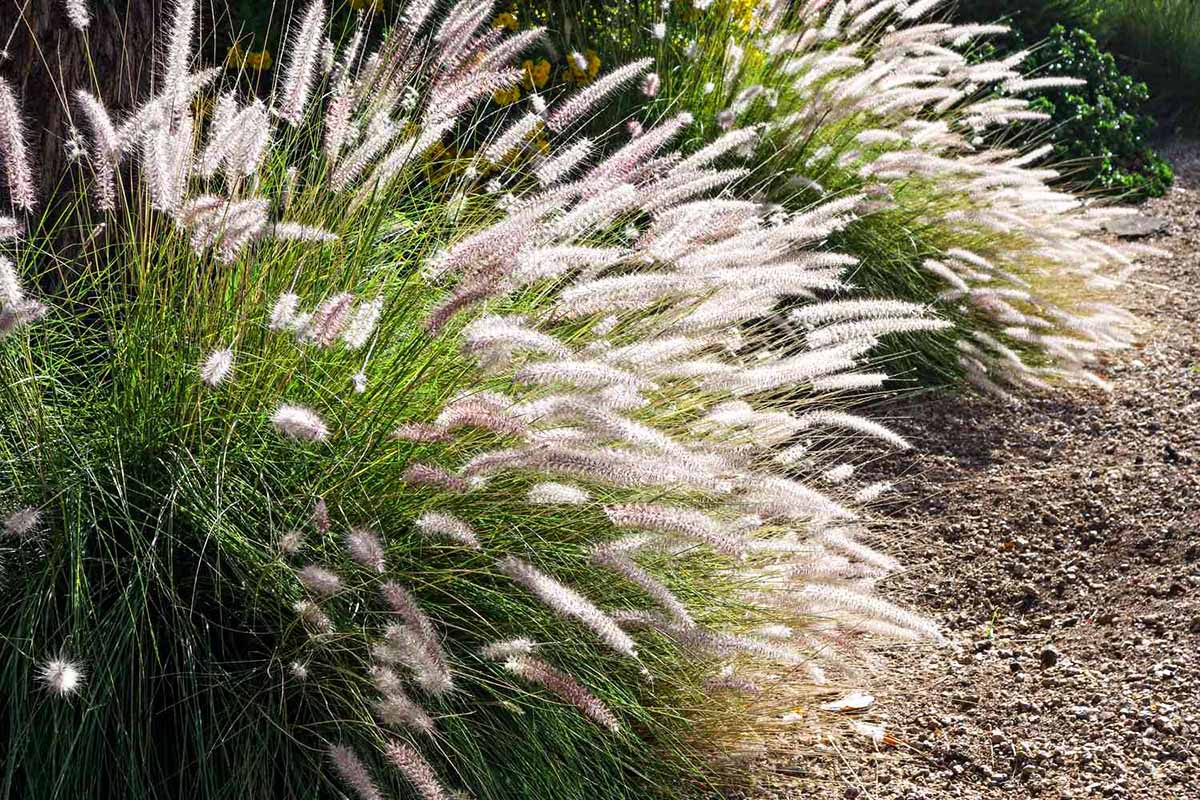
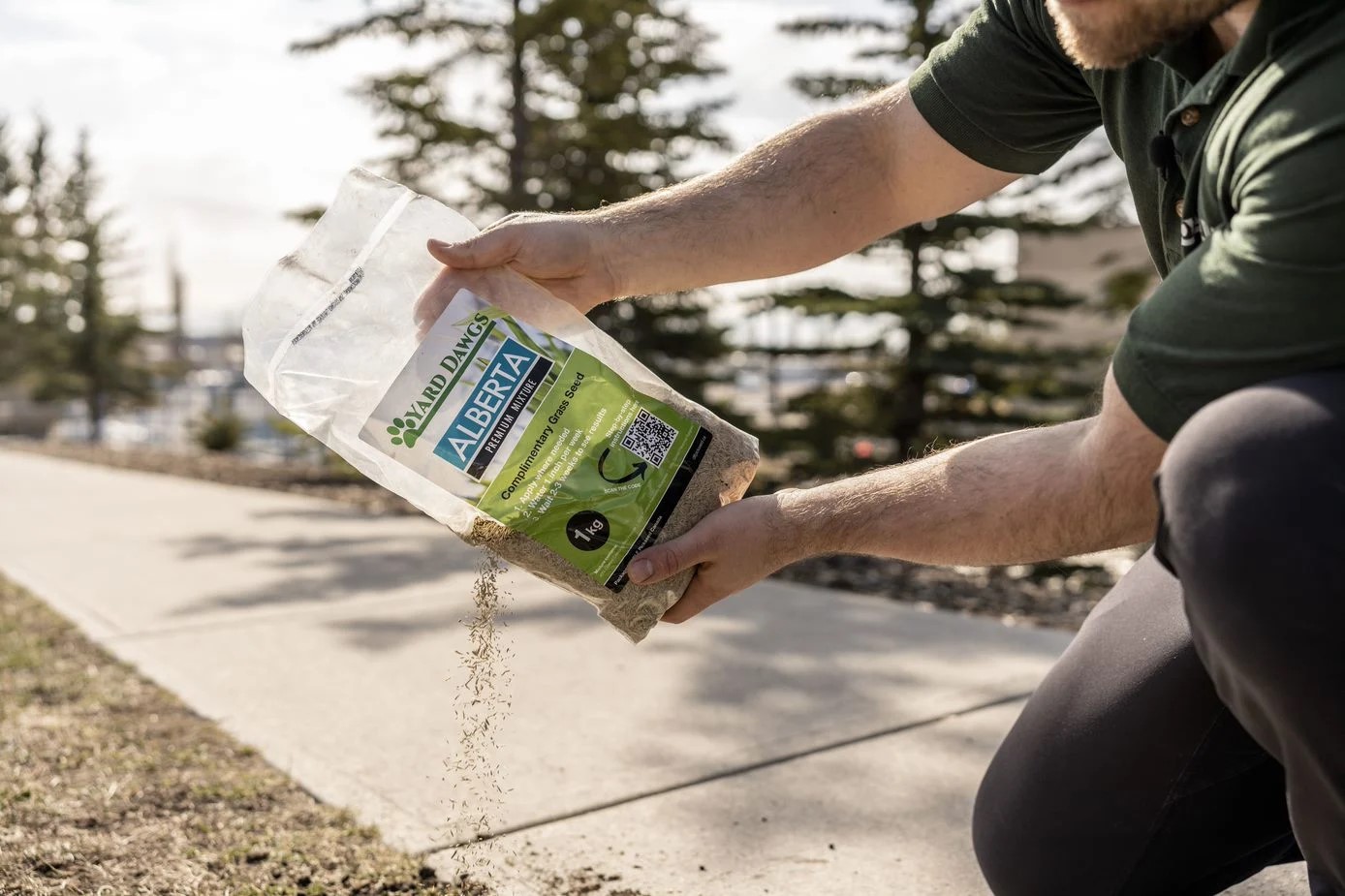
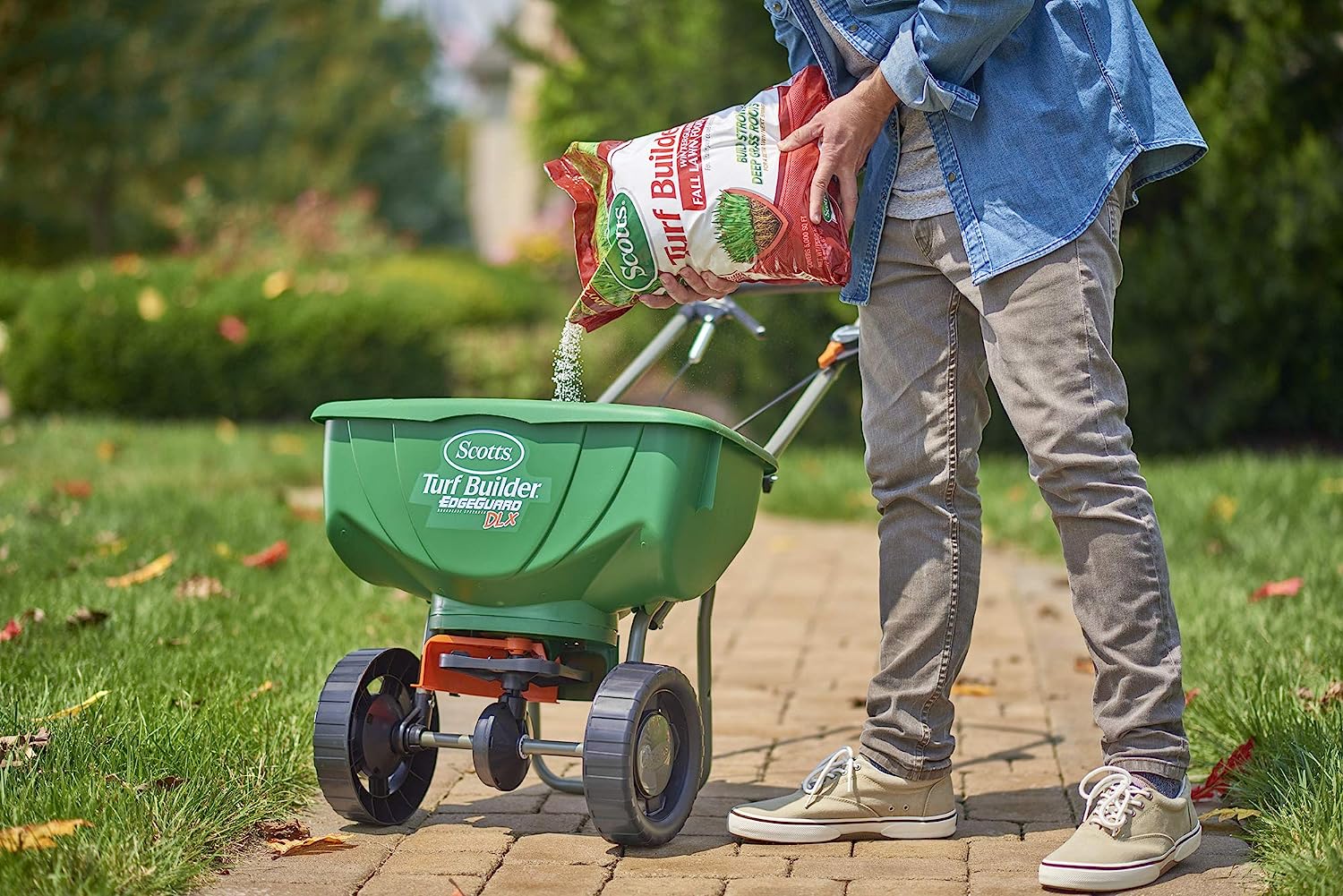
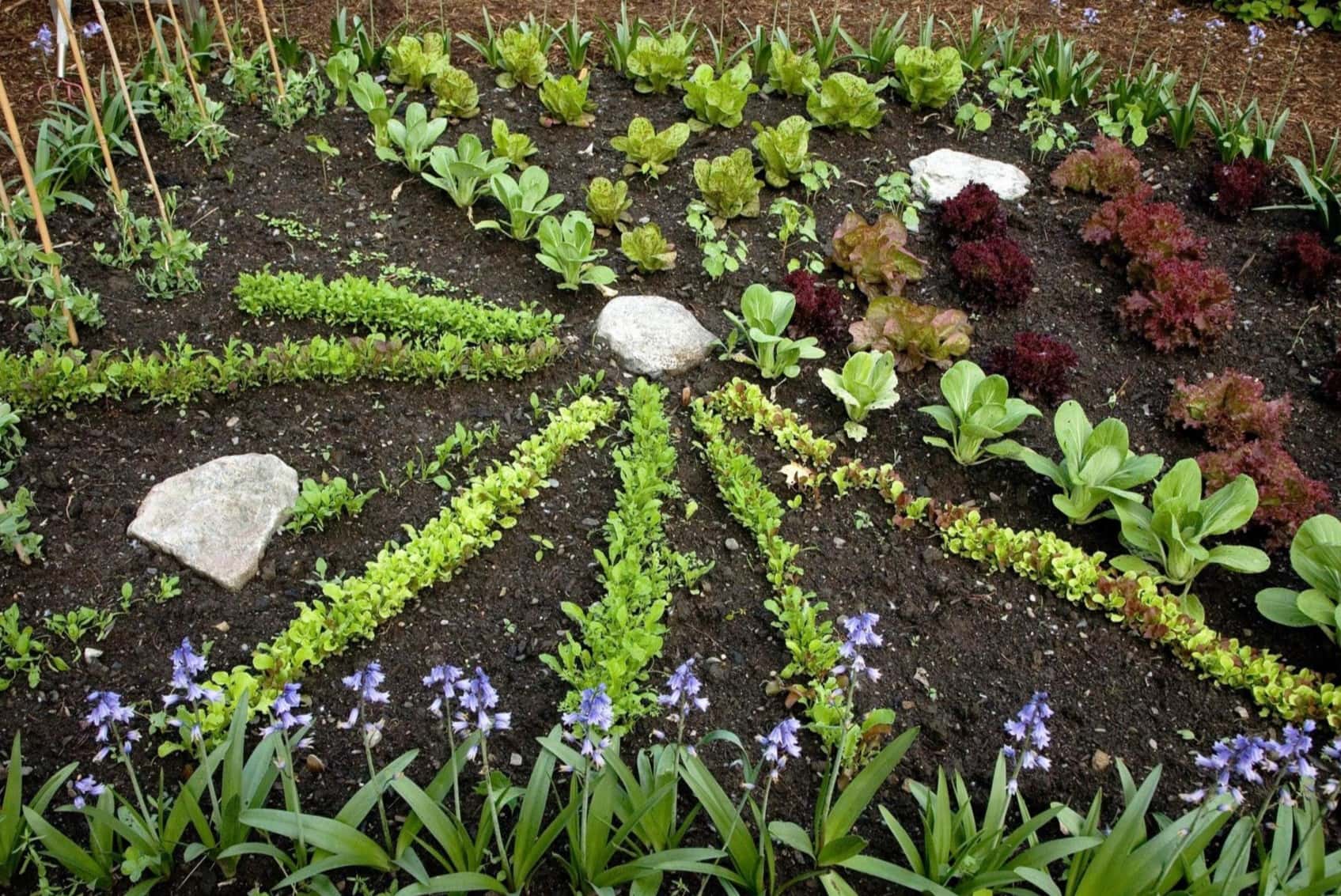
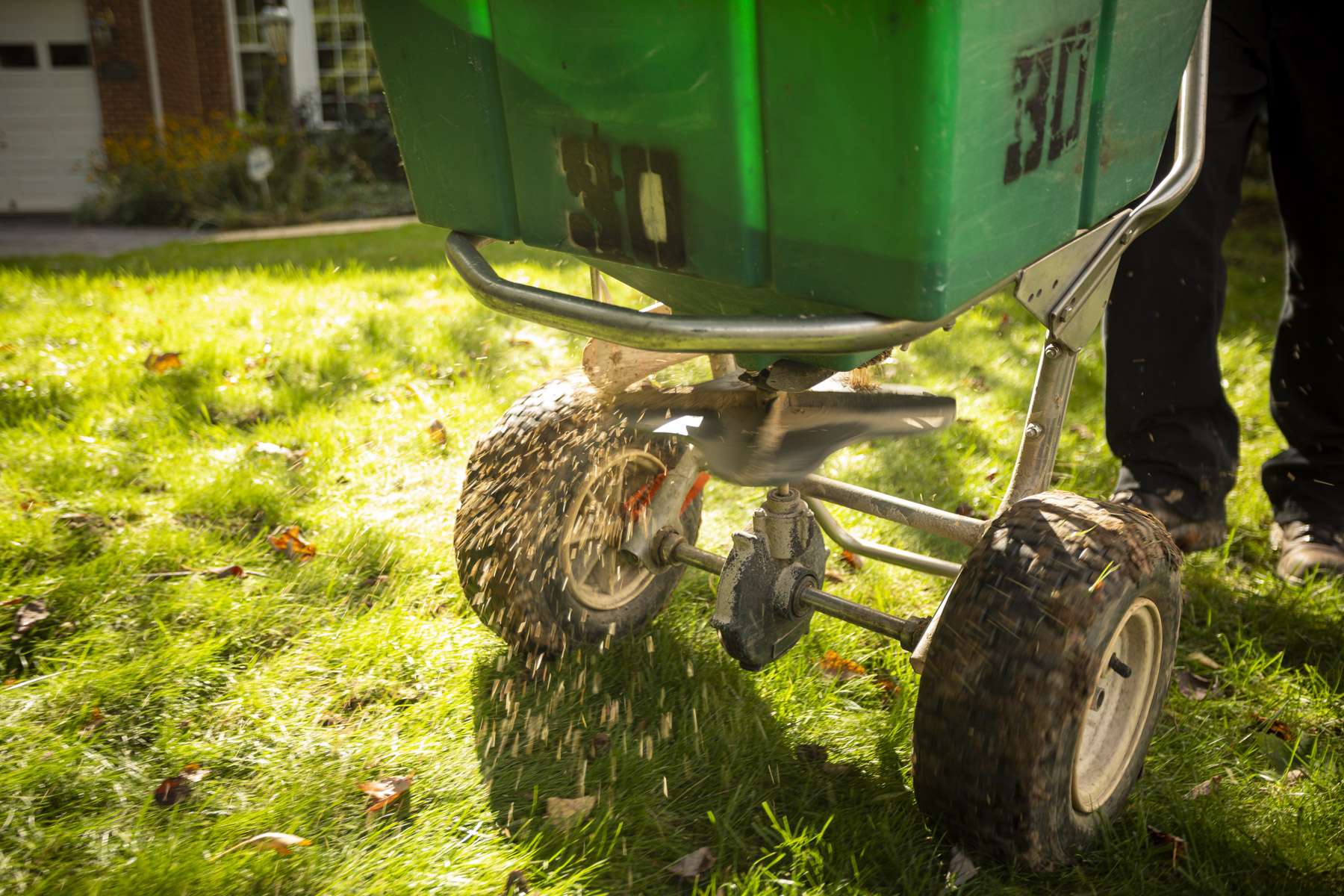
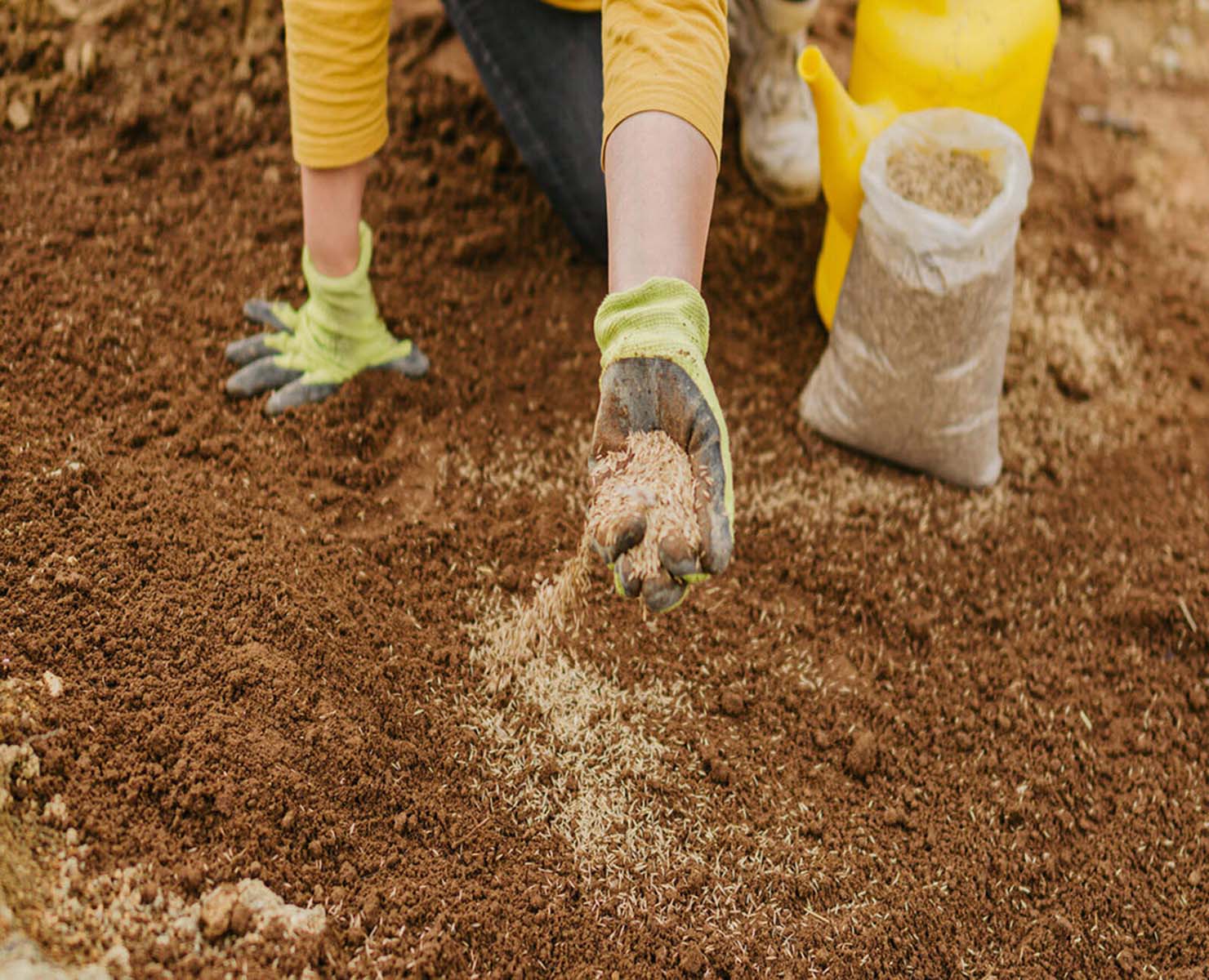
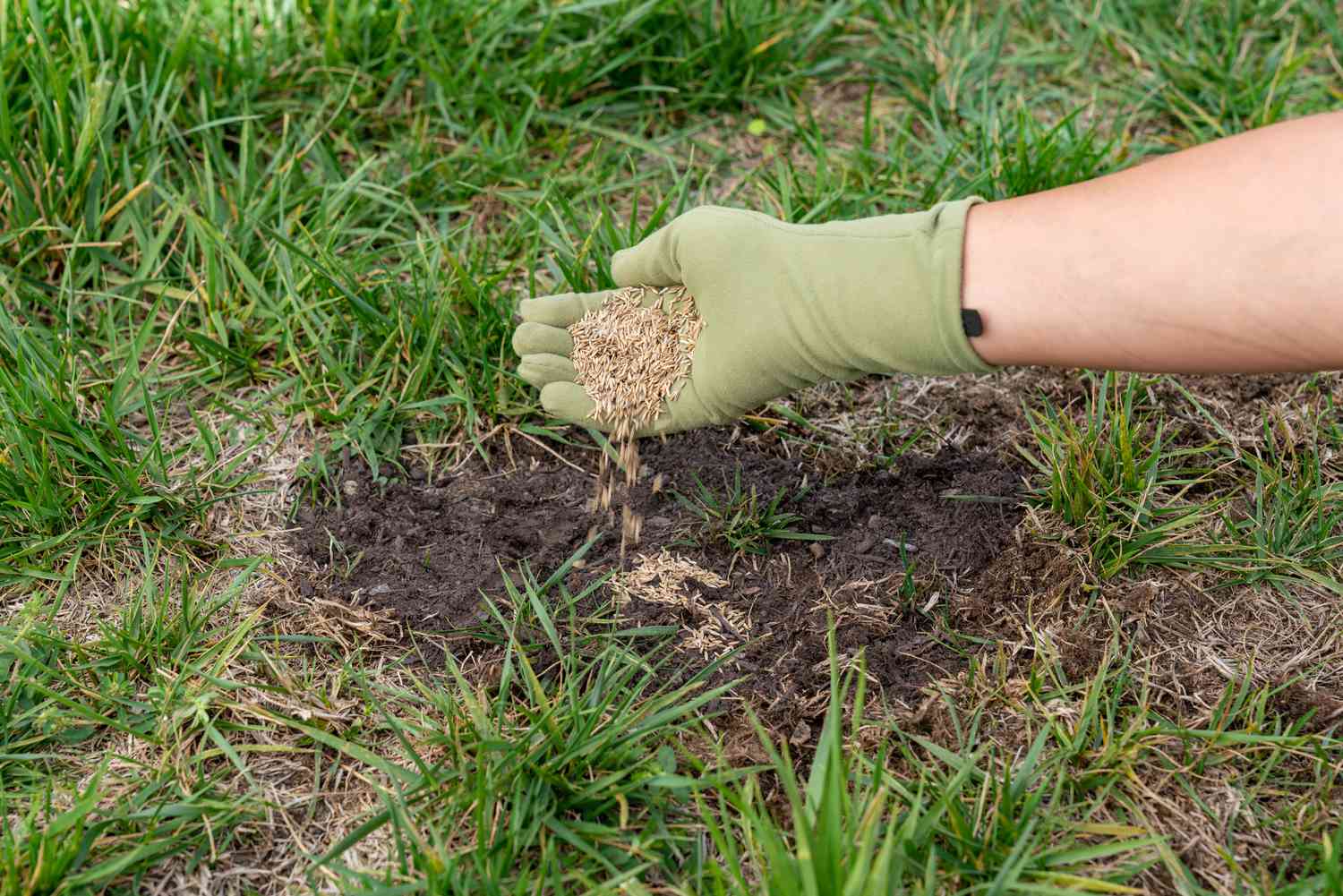
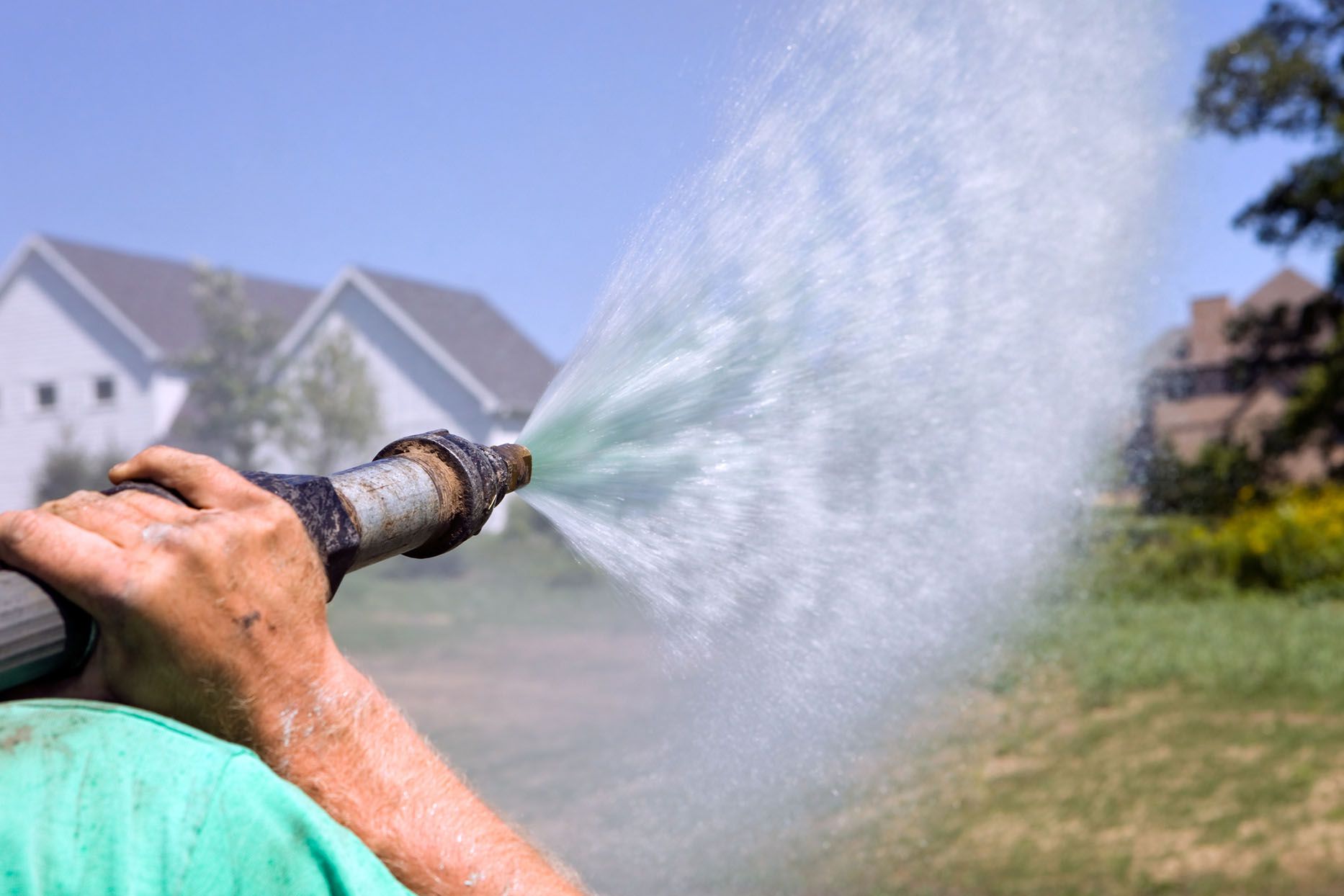
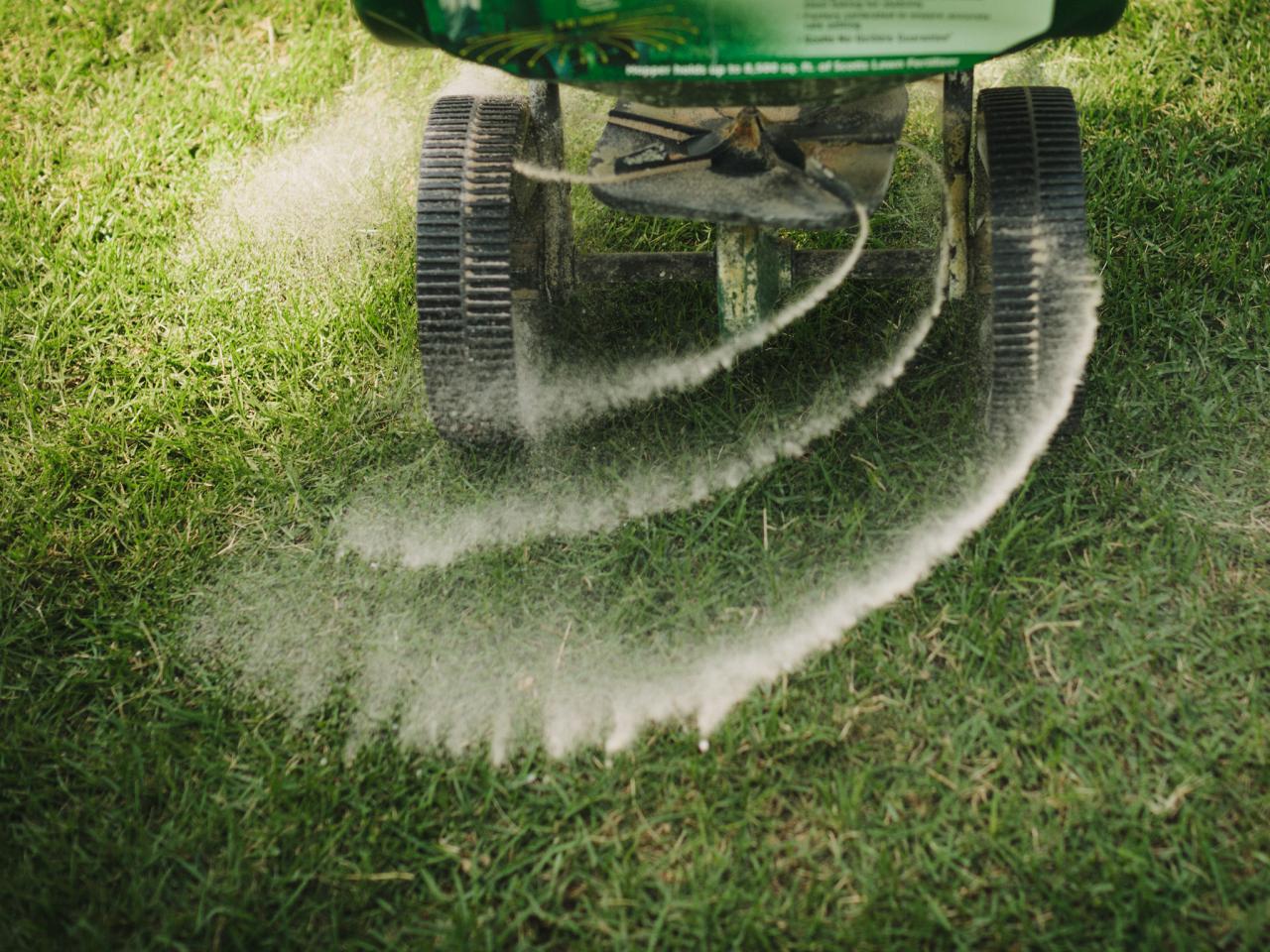

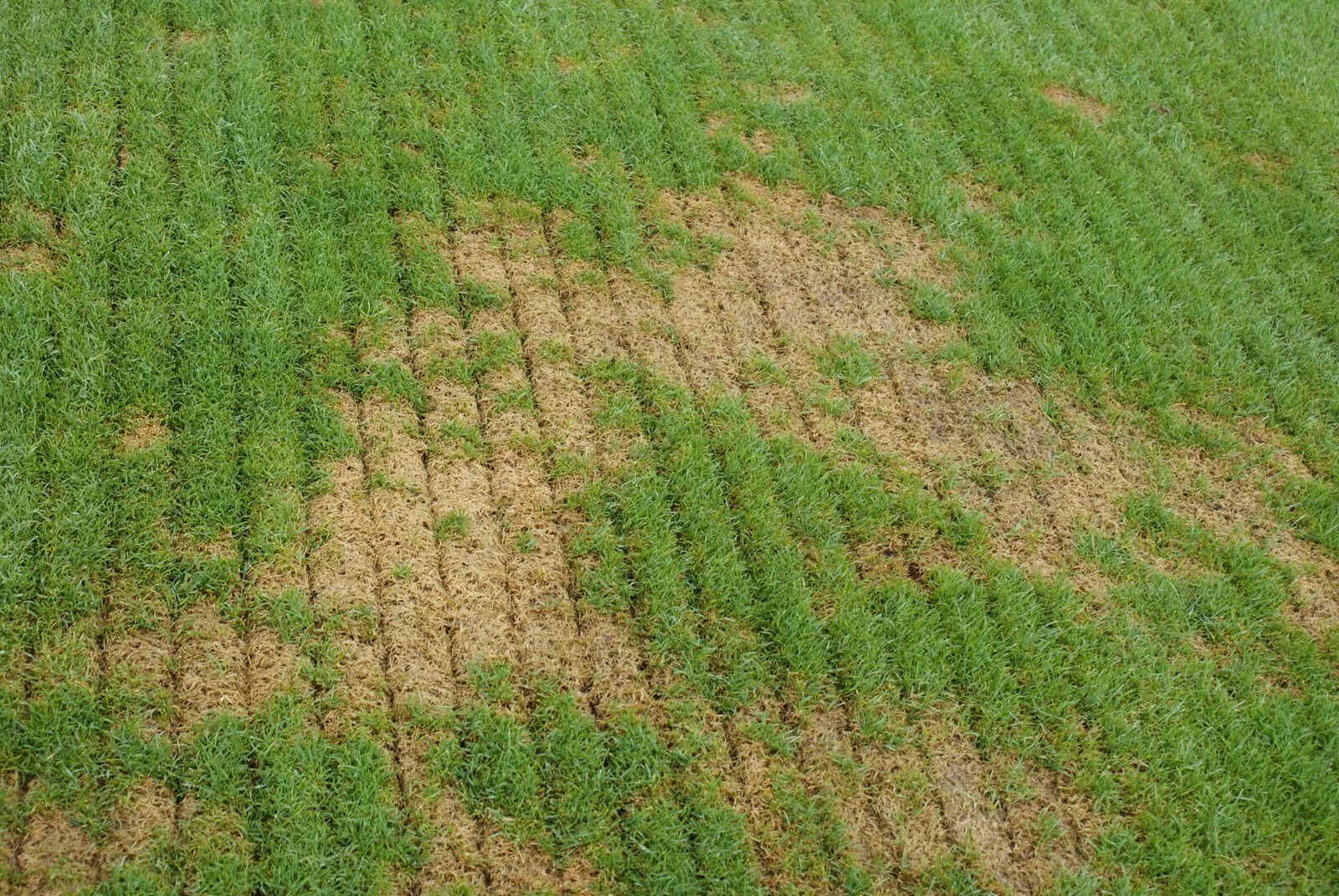
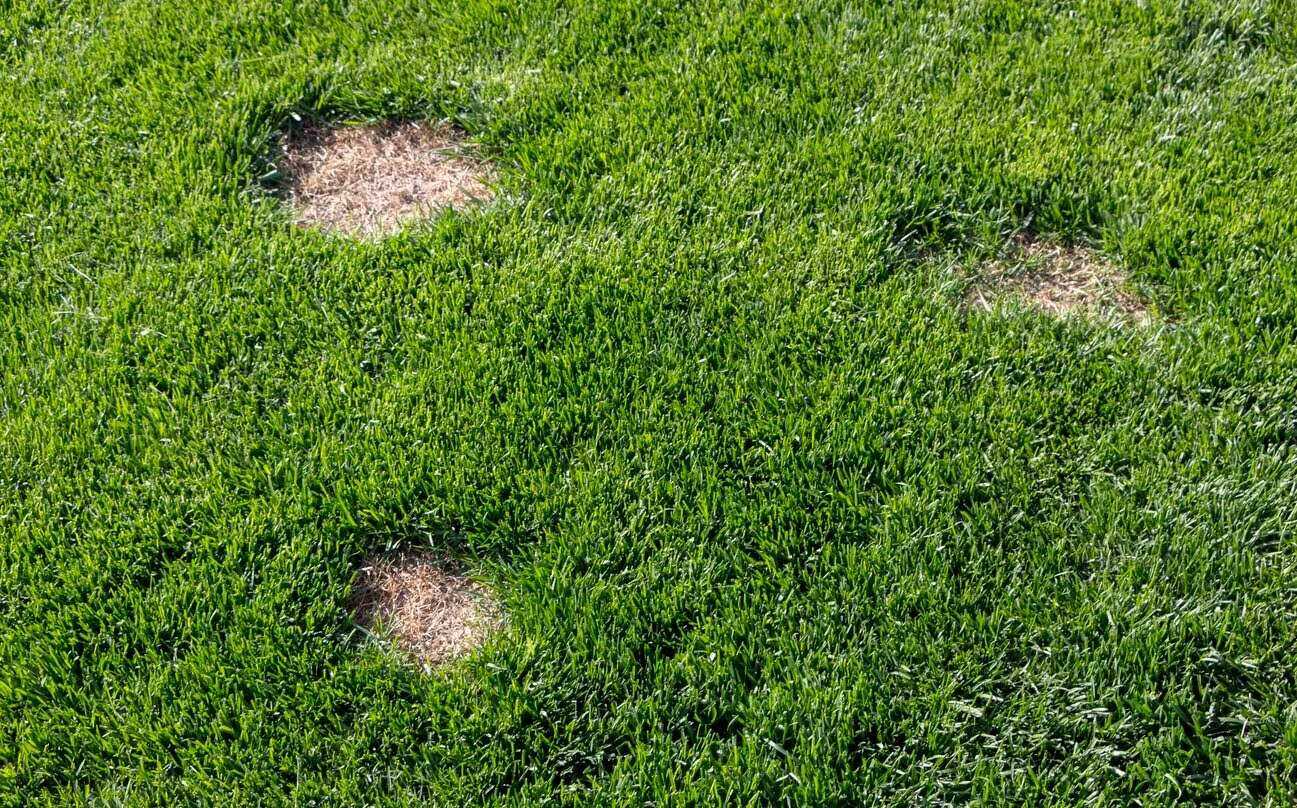
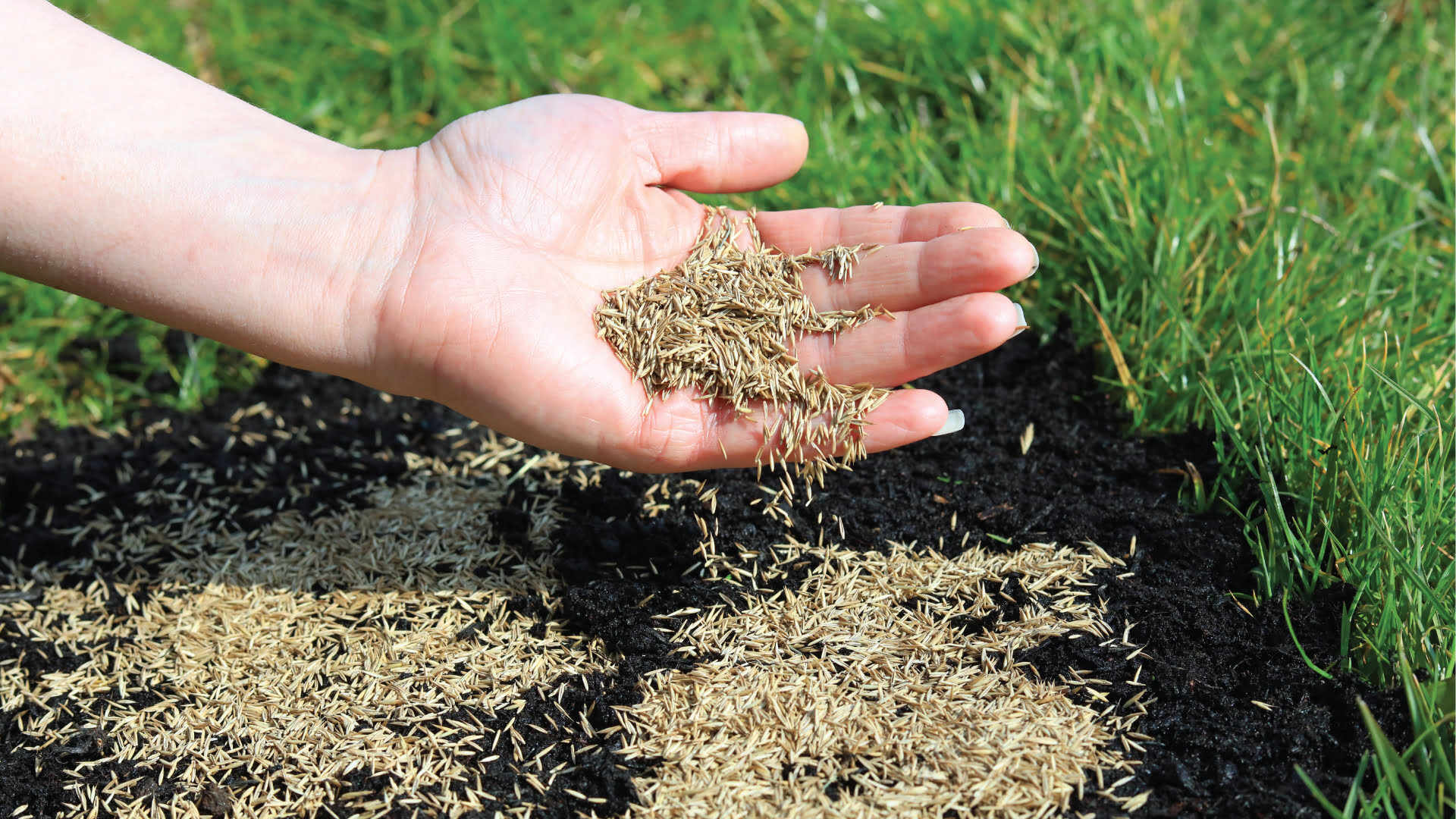


0 thoughts on “How To Seed Lawn In Fall”